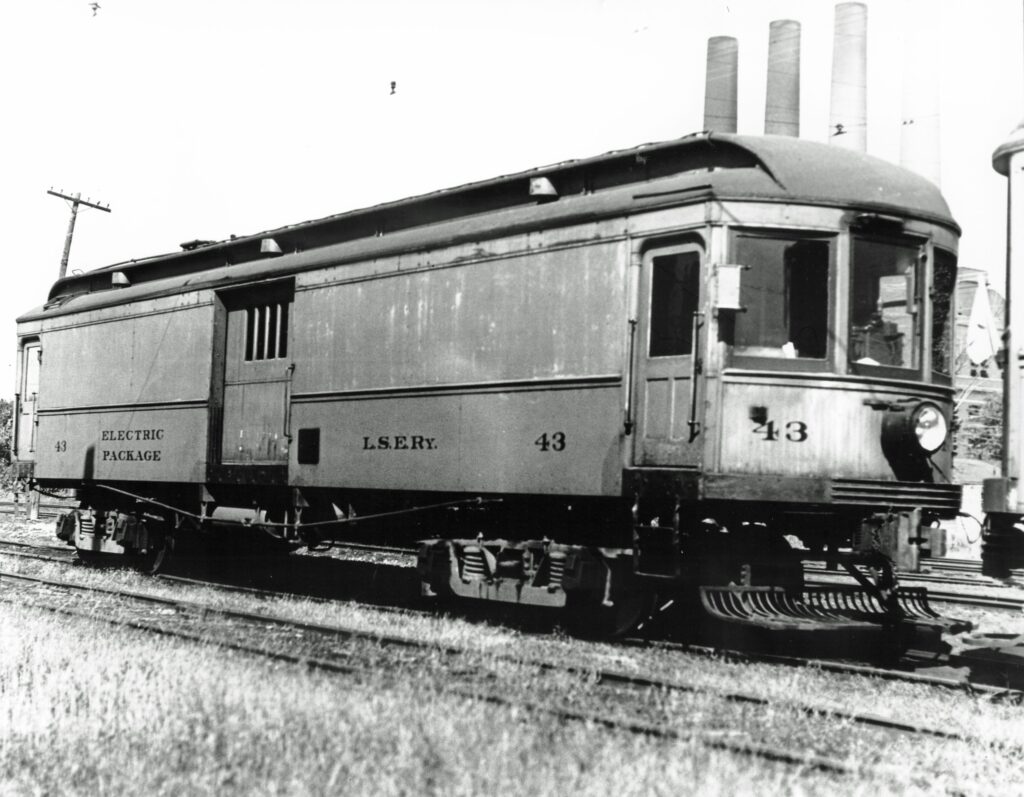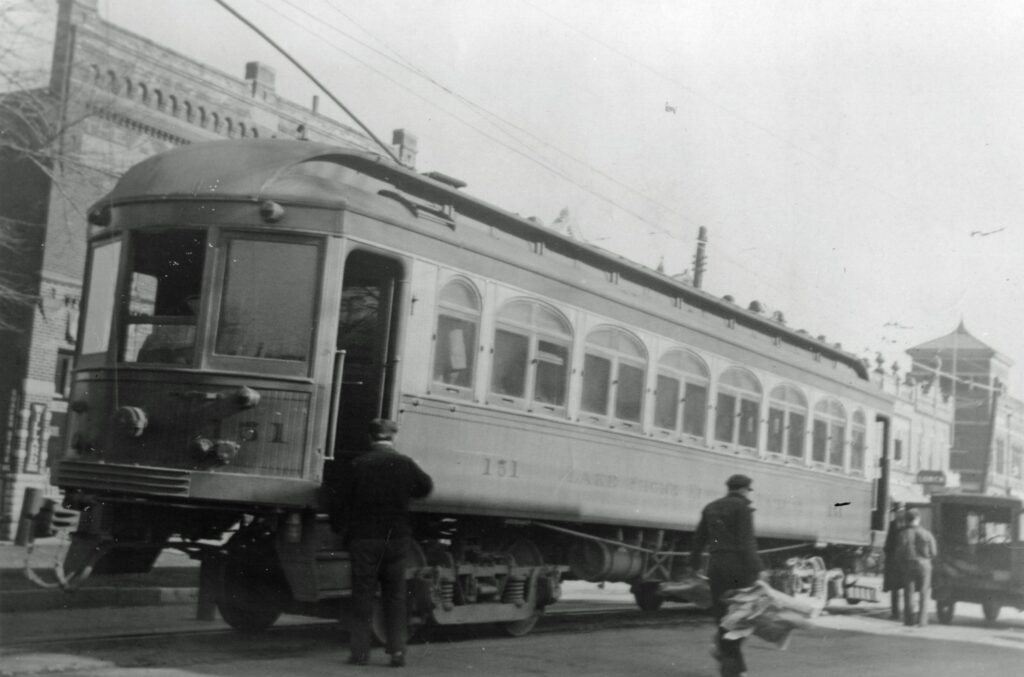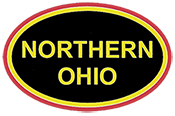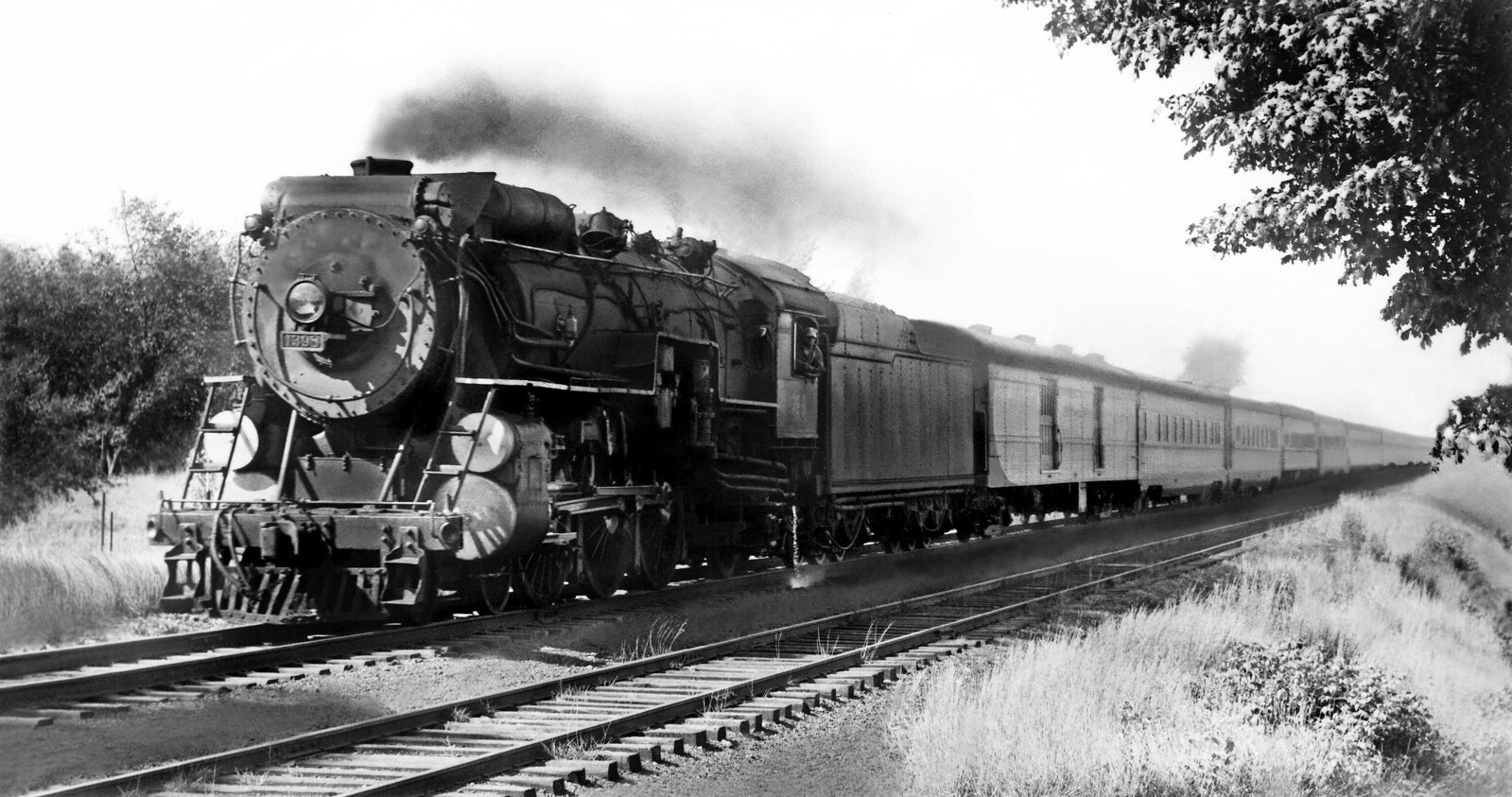When interurbans first appeared, steam railroads had already been operating for about 65 years, and had become a key part of the American economy. They had been over-built in many parts of the country and were engaged in fierce competition. Thus, they did not welcome the interurbans, which they regarded as interlopers – as additional competition they did not want. They made things difficult for the interurbans by resisting when interurban lines wanted to cross their tracks, even when those tracks were nothing more than little-used spurs, and by refusing to exchange freight traffic with them.

Nevertheless, the interurbans were built and, in many cases, found their own economic niche. Mostly, the interurbans focused on relatively short hauls, such as taking rural passengers into nearby towns, carrying milk from farms to dairies and taking small quantities of merchandise from cities to surrounding communities. These were jobs which, by more frequent service and the ability to make frequent stops, they were able to perform much more efficiently and conveniently than could the steam railroads. Also, by virtue of typically being more cheaply built, they could do it at less cost. However, for longer distances, the steam roads had the advantage. By virtue of their heavier construction and powerful locomotives, as well as the fact that individual railroads typically were much longer and interchanged with one another, they were able to haul much larger loads more rapidly over greater distances.

Pictures: 1) LSE #151, Bellevue. OH and 2) LSE #43, Beach Park, OH, photos, Jim Spangler, ORM archives. 3) NYNH&H pacific, photo, Mike Robbins.
Unfortunately for the interurbans, the kinds of work which they did best were also the most vulnerable to competition by internal combustion-powered highway vehicles.

